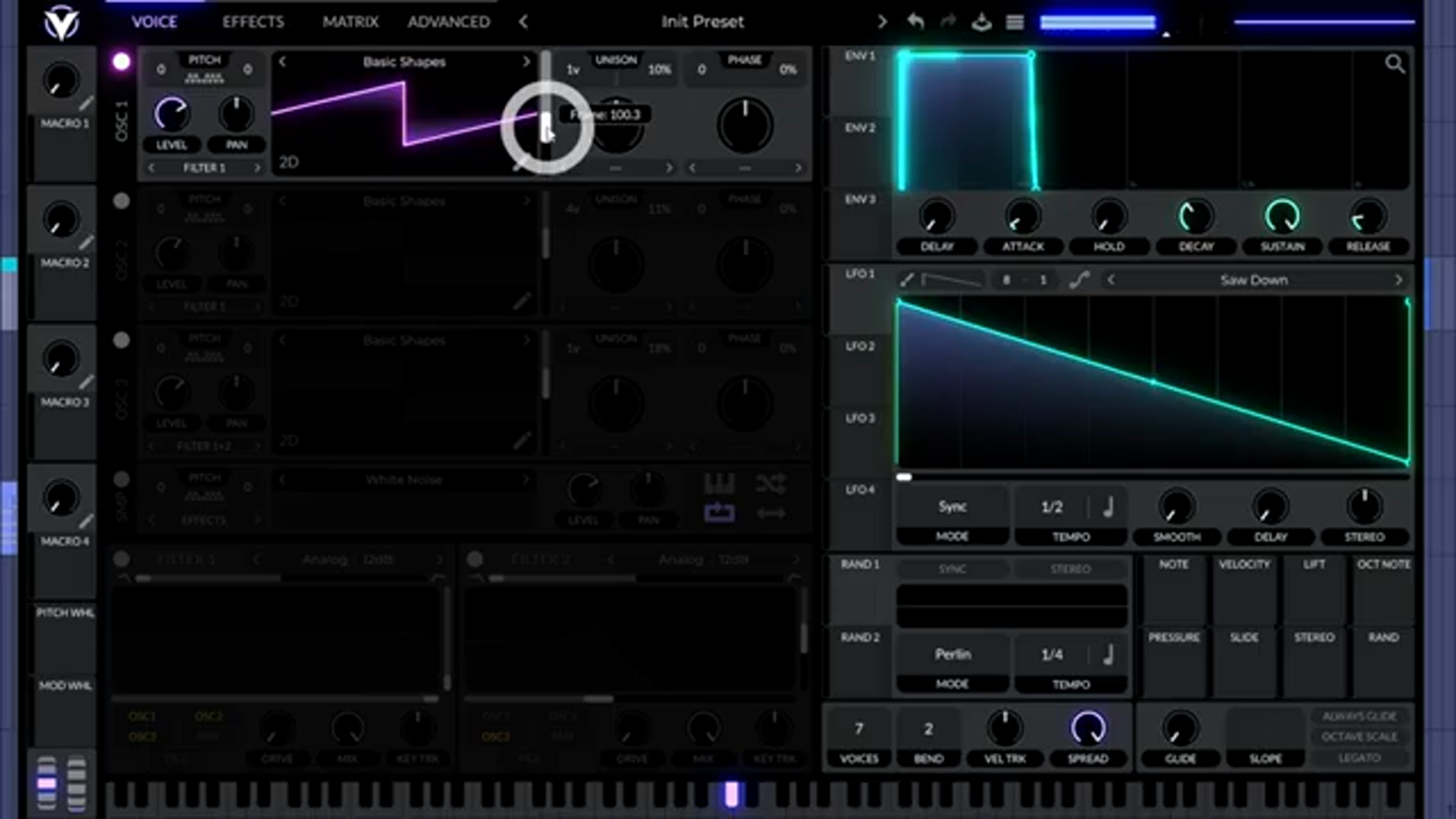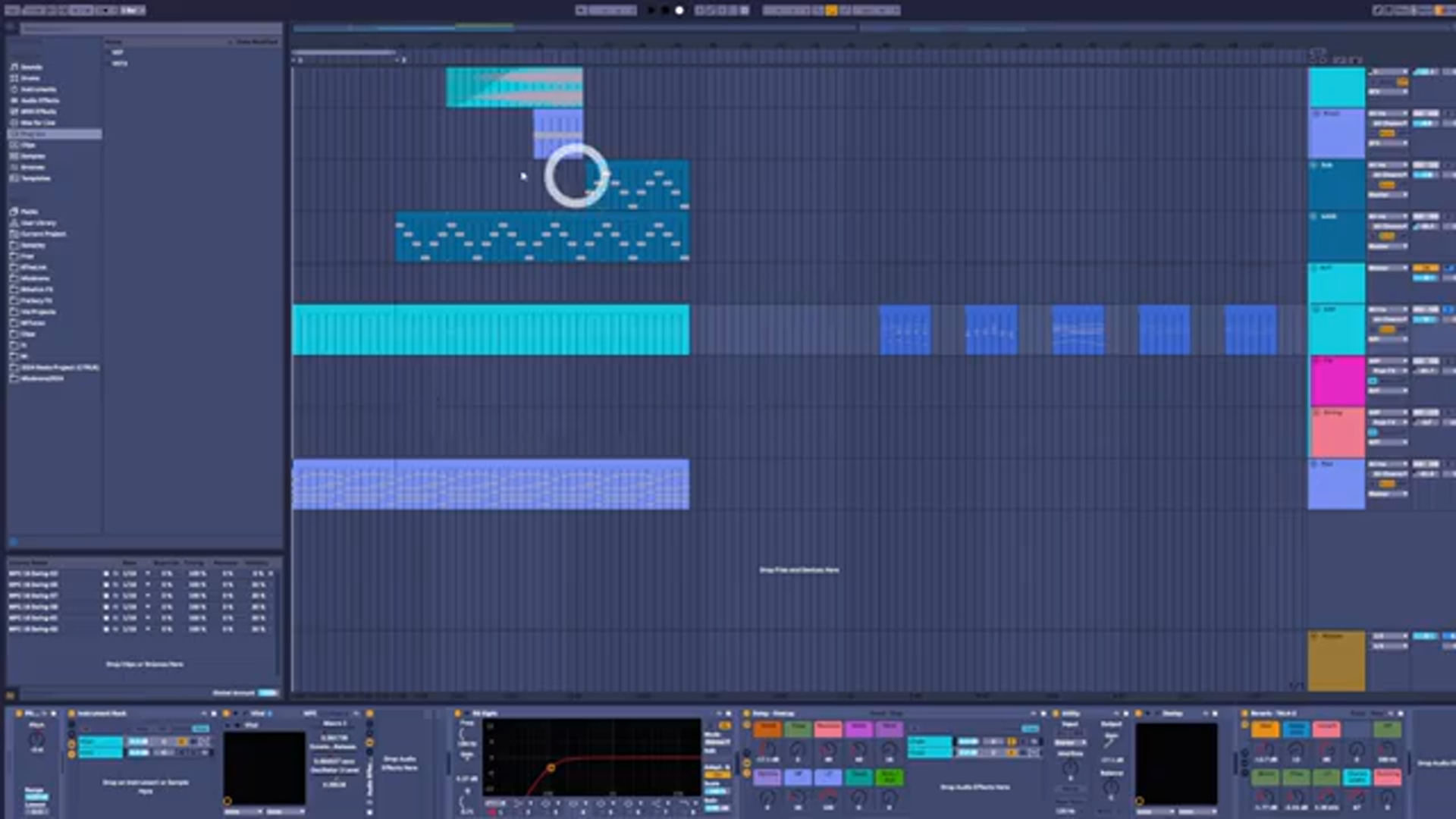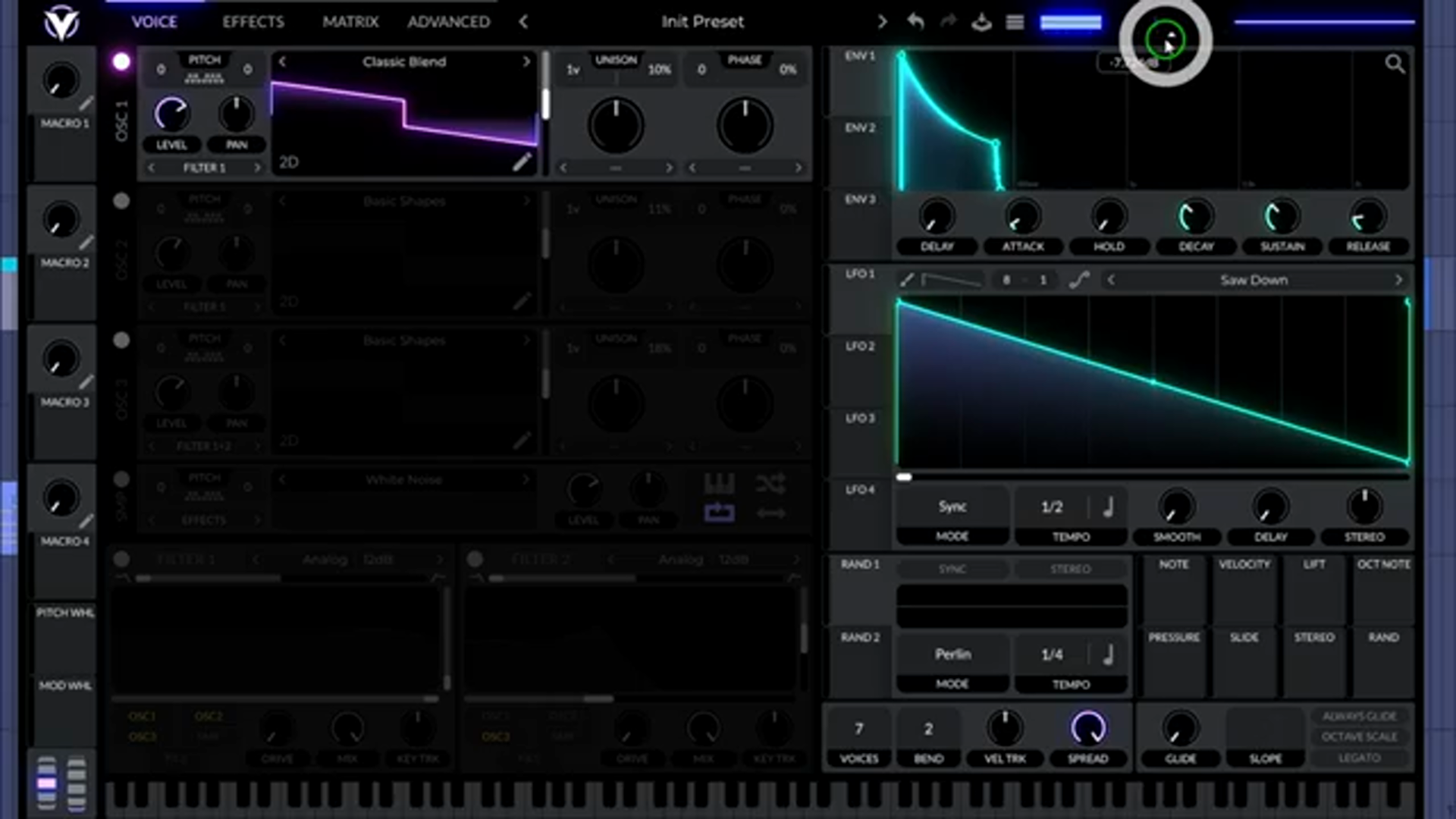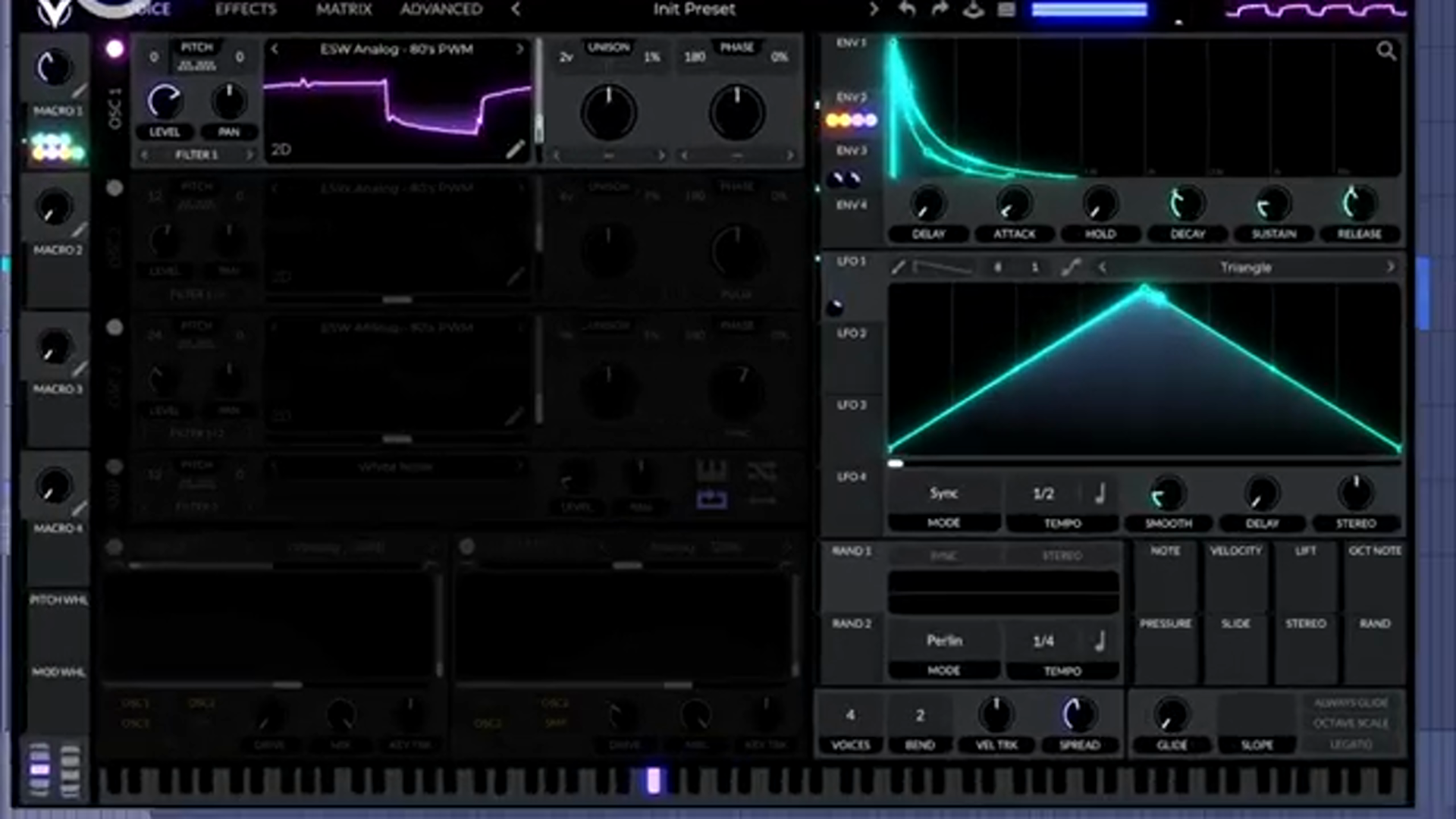If you’re down to get your groove on with Eric Prydz’s iconic Opus pluck sound without spending a dime, Bthelick’s video is your golden ticket. With his signature blend of laid-back vibes and honest, street-wise insights, Bthelick guides you through the step-by-step process of nailing that elusive sound. It’s all about ear training, understanding waveforms, and a dash of humor as he demystifies complex concepts with ease and charm. Perfect for those who love vibes over specs.

The Sound Quest Begins
Bthelick kicks off this sound adventure with a welcoming vibe that’s as chill as a Chicago evening. He acknowledges the swarm of questions about recreating the famous Eric Prydz Opus sound, a topic that demands more than just a brief glance—which is why he’s diving deep in this video. It’s all about unveiling the sonic magic step by step, with a nod to sound design ear training. So grab your headphones and settle in for a journey that promises to unfold the nuances of the Opus sound intricately.

"So first let's remind ourselves of the sound, and then I'll break it down bit by bit."
© Screenshot/Quote: Bthelick (YouTube)
Waveforms and Character

"It's got a bit of the buzz of the saw wave, but also some of that hollowness, that flute kind of sound from the square wave."
© Screenshot/Quote: Bthelick (YouTube)
Our guru Bthelick delves into the backbone of sound creation by dissecting waveforms. He emphasizes the importance of identifying basic waveforms—the sine, saw, and square waves—which form the fundament of most sounds. He cleverly notes how even complex sounds often break down into these simple forms, likening it to mixing flavors in a street taco. For this particular sound, Bthelick detects a blend of saw and square wave characteristics, packing the buzz of a saw with the hollow twang of a square, essentially painting a picture of a sound as layered and nuanced as your favorite deep dish pizza.
Envelope and Tone Mastery
Next up, Bthelick dives into the realm of envelope shaping—something every synth lover should master. He breaks down how the pluck sound characteristic of Opus owes its charm to a sharp attack and short decay, with a touch of release for that lingering feel. He dissects these elements with the precision of a chef seasoning a dish, ensuring every note hits that sweet spot. The detune, he mentions, is equally pivotal, lending the sound its unique character that differentiates it from the mundane, much like adding a pinch of spice to your grandma’s chili.

"Sharp attack, a short decay, and I think I can hear a little bit of release too, where the sound lingers a little bit afterwards."
© Screenshot/Quote: Bthelick (YouTube)
Dialing in Pitch and Frequency
Bthelick isn’t shy about breaking down pitch alterations within the sound. He talks us through detuning, unison effects, and the key role they play in crafting that distinct Opus sparkle. Whether it’s adding octaves or creating an auditory illusion of extra pitches, he treats this segment like a DJ layering samples to hit the perfect beat. He continues to unravel the complexity by showing how specific frequency adjustments over time shape the sound, much like a sculptor chiseling away to reveal the form beneath. With a combination of octaves and careful harmonics, he creates a sonic landscape that’s rich and compelling.
Advanced Techniques and Detours

"Let me strip this down to its basics so I can explain all the differences."
© Screenshot/Quote: Bthelick (YouTube)
For those brave souls looking for a deeper dive, Bthelick introduces advanced techniques like the pulse width modulation and sync functions in synth creation. This is the level where the magic unfolds, and Bthelick is more than happy to guide us through it with the dedication of a graffiti artist perfecting their craft. By playing with modulation and synchronization, he demonstrates how you can achieve that edgy, wiry sound that’s key to capturing the essence of Opus. Each technique is carefully layered, creating a cocktail of sounds that could easily become the next club banger.
Final Touches and Effects
Bthelick wraps up his tutorial by layering on the effects like a true sound alchemist. It’s here that he applies EQ, phaser, chorus, and reverb to bring the Opus sound across the finish line. With a level of finesse likened to a surgeon at a soundboard, he tweaks each effect to enhance the overall texture and vibe. The use of delay and reverb adds depth, while his insights on waveform phase cancellations add a touch of streetwise wisdom that only someone with his experience could impart. He closes by reminding us that all these synths and effects are free, inviting us to experiment and explore with enthusiasm.
Latest articles
Watch on YouTube:
https://www.youtube.com/Bthelick
Links from Bthelick: